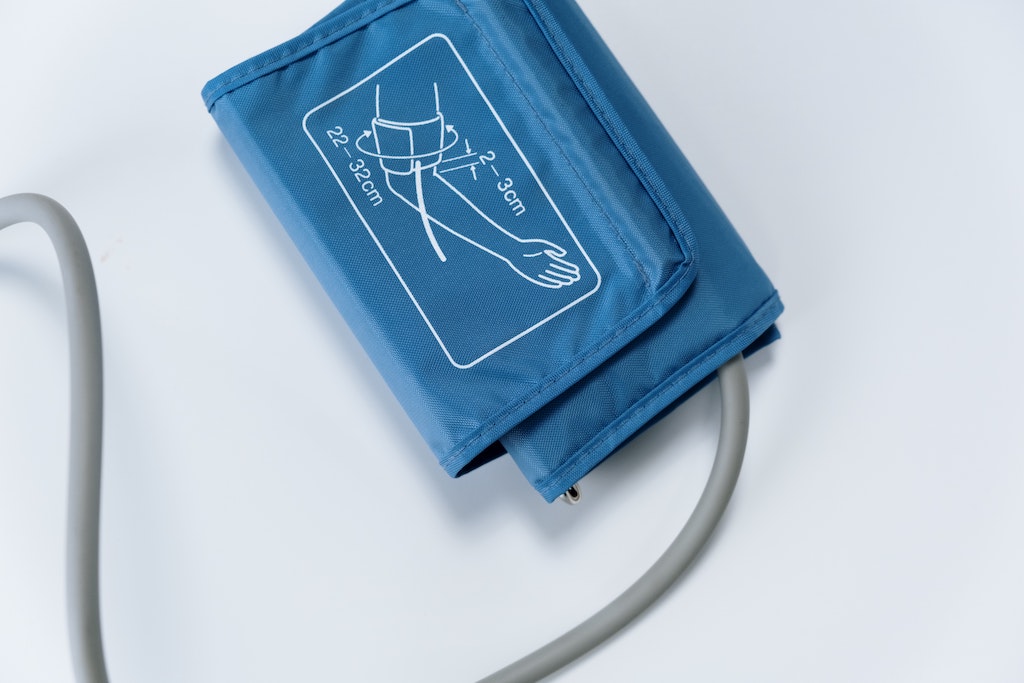Blood Pressure Check
Last updated: January 12th, 2025

The term "blood pressure" refers to the strength with which blood pushes on the sides of arteries as it is pumped around the body. A blood pressure test is therefore conducted to check if your blood pressure is within expected bounds, i.e. to see if it's either "too high" or "too low".
Is it "too high" or "too low"?
Wait a second. In order to understand the blood pressure reading we need to understand what the numbers mean. Blood pressure is measured in mmHg (millimetres of mercury) and is given as two figures:
- systolic pressure, the pressure when your heart pushes blood out
- diastolic pressure, the pressure when your heart rests between beats
Let's take 140/90mmHg as an example; 140mmHg is the systolic pressure and 90mmHg is the diastolic pressure.
So, what is "too high"?
As a general guide, high blood pressure is considered to be 140/90mmHg or higher.
Normal blood pressure is considered to be between 90/60mmHg and 120/80mmHg:

A blood pressure reading between 120/80mmHg and 140/90mmHg could mean you're at risk of developing high blood pressure if you don't take steps to keep your blood pressure under control.
High blood pressure, also referred to as hypertension, can put a strain on arteries and organs, which can increase the risk of developing serious problems such as heart attacks and strokes.
Some lifestyle changes can keep high blood pressure in check: * if you're overweight, lose weight, no surprise there * reduce the amount of salt in your diet * exercise, ideally including weight training * cutting back on caffeine and alcohol
If lifestyle changes are not enough, a referral to a cardiologist (heart specialist) to discuss further treatment options might be required.
And what is "too low"?
As shown in the image above, a reading of 90/60mmHg or lower implies low blood pressure.
Low blood pressure, also referred to as hypotension, while not usually as serious as high blood pressure, it does cause dizziness and fainting in some people.
The causes for blood pressure to be low include:
- some medical conditions, such as diabetes
- particular medicines
- being pregnant
- genetics, i.e. having inherited it from your parents
Some people simply develop low blood pressure as they get older. Lifestyle changes to address low blood pressure include:
- avoiding sudden changes in posture when getting up from bed or a sitting position
- replacing heavy, infrequent meals with more frequent, smaller meals
- avoiding sitting or standing for long periods
- drinking MORE water
- and as in the case of high blood pressure, cutting back on caffeine and alcohol (damn!)
Blood pressure test: A Lifesaver
Blood pressure varies depending on the time of day, the current season, and what you're doing. As a general rule though, it gradually increases throughout the day.
Measuring your blood pressure at the GP or at a clinic might skew the result as being stressed out after waiting or the commute doesn't help the test's accuracy.
Nowadays blood pressure tests can also be carried out at home using your own digital blood pressure monitor.
Since a blood pressure test is the only way to determine whether the blood pressure is too high or too low and is so quick and easy to do, a blood pressure test can save a life.